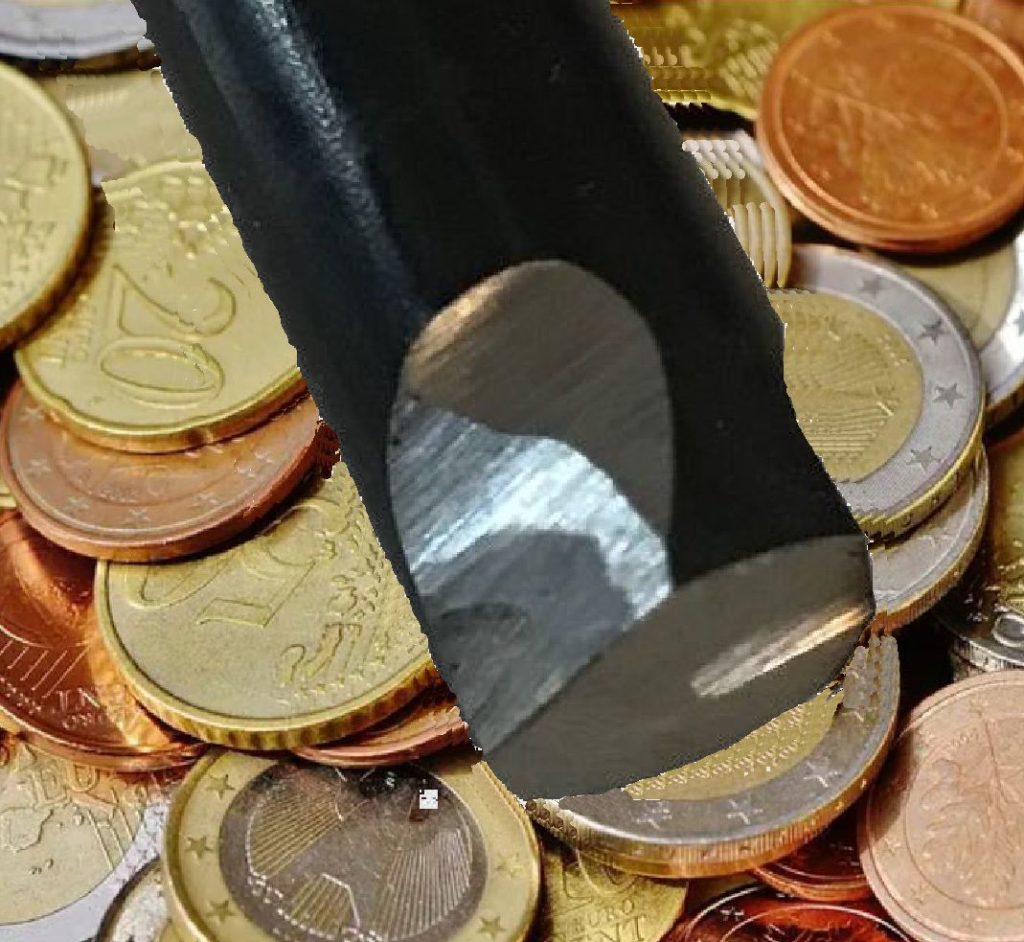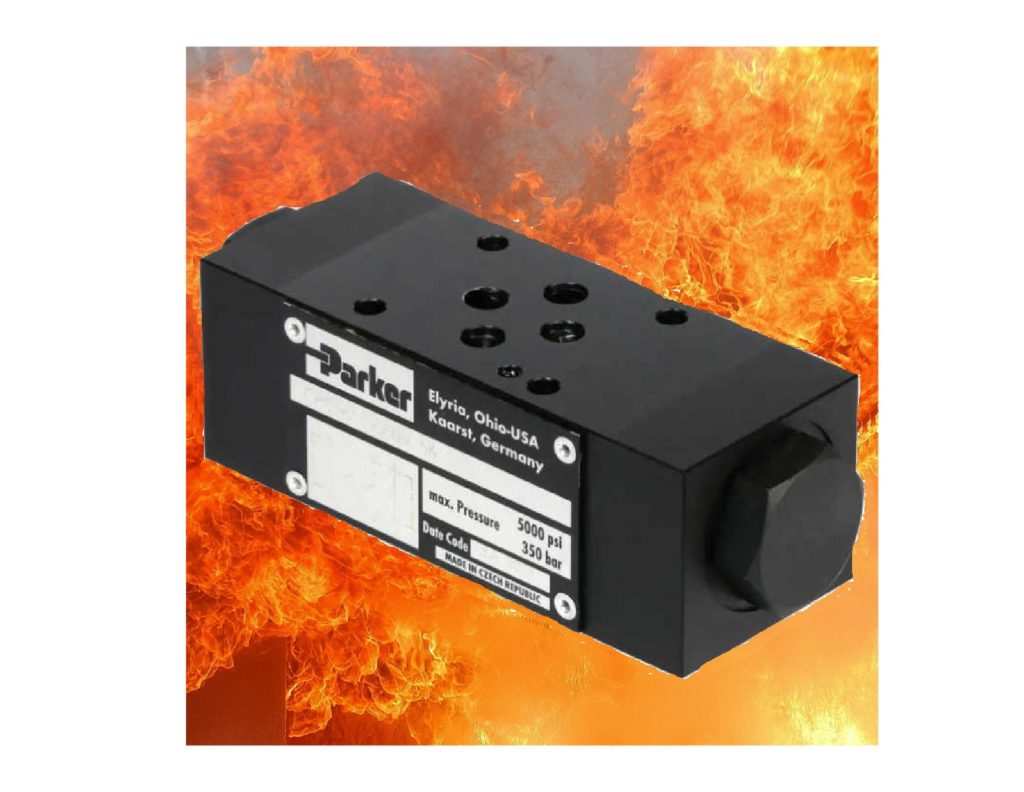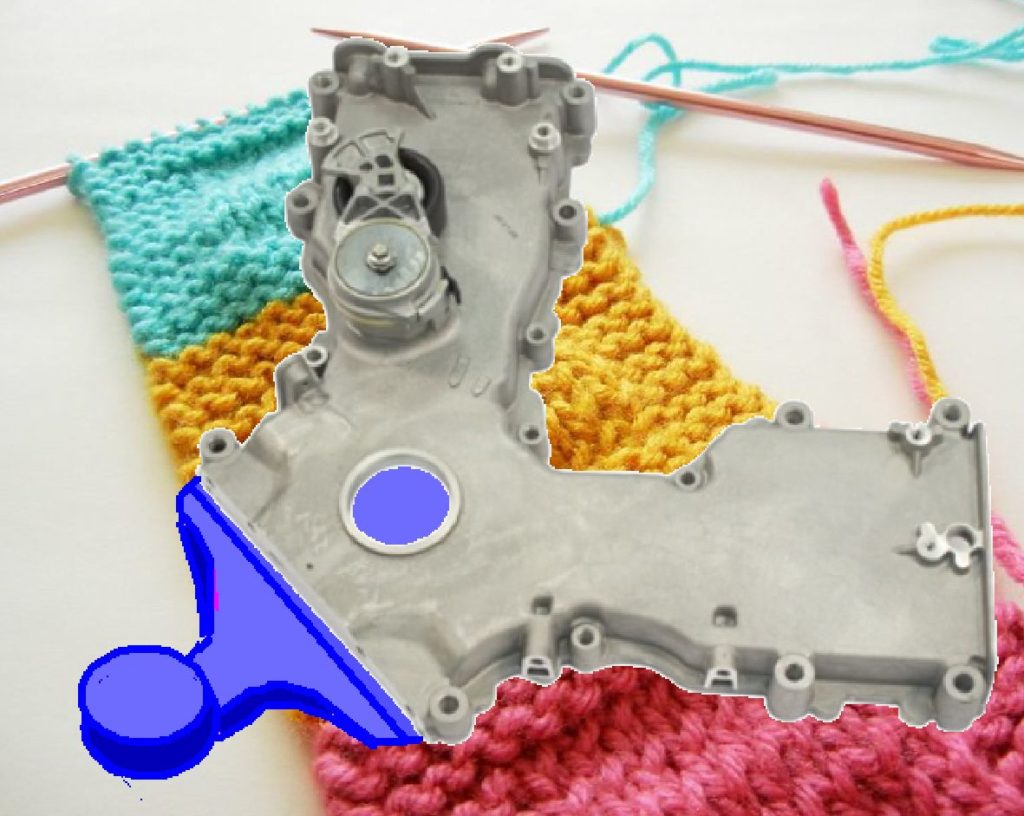
Sometimes I wish that the tooling changes needed to implement a profit were more complicated. This would make it easier to explain why the casting plant is not making the profit it should. Hooks fit into that category. Every casting that falls into the pit subtracts from the profit. Adding hooks onto a couple overflow ejector pins neatly solves that problem. I am showing a tri hook variation that retains the casting even if the ejector pin spins. Yes it is possible to hand grind in hooks even if the die is in the machine.
Early casting machines used bumper rod ejection. Yes the part was ejected by the time that the die was open. Hooks on two overflow ejector pins kept the casting from falling into the pit. I would like the automation that I implement to achieve a better cycle time than the best a man can achieve. Profitable automation not only ejects the part by the time the die is open but also has the extract robot there at the same time to grab the casting.



